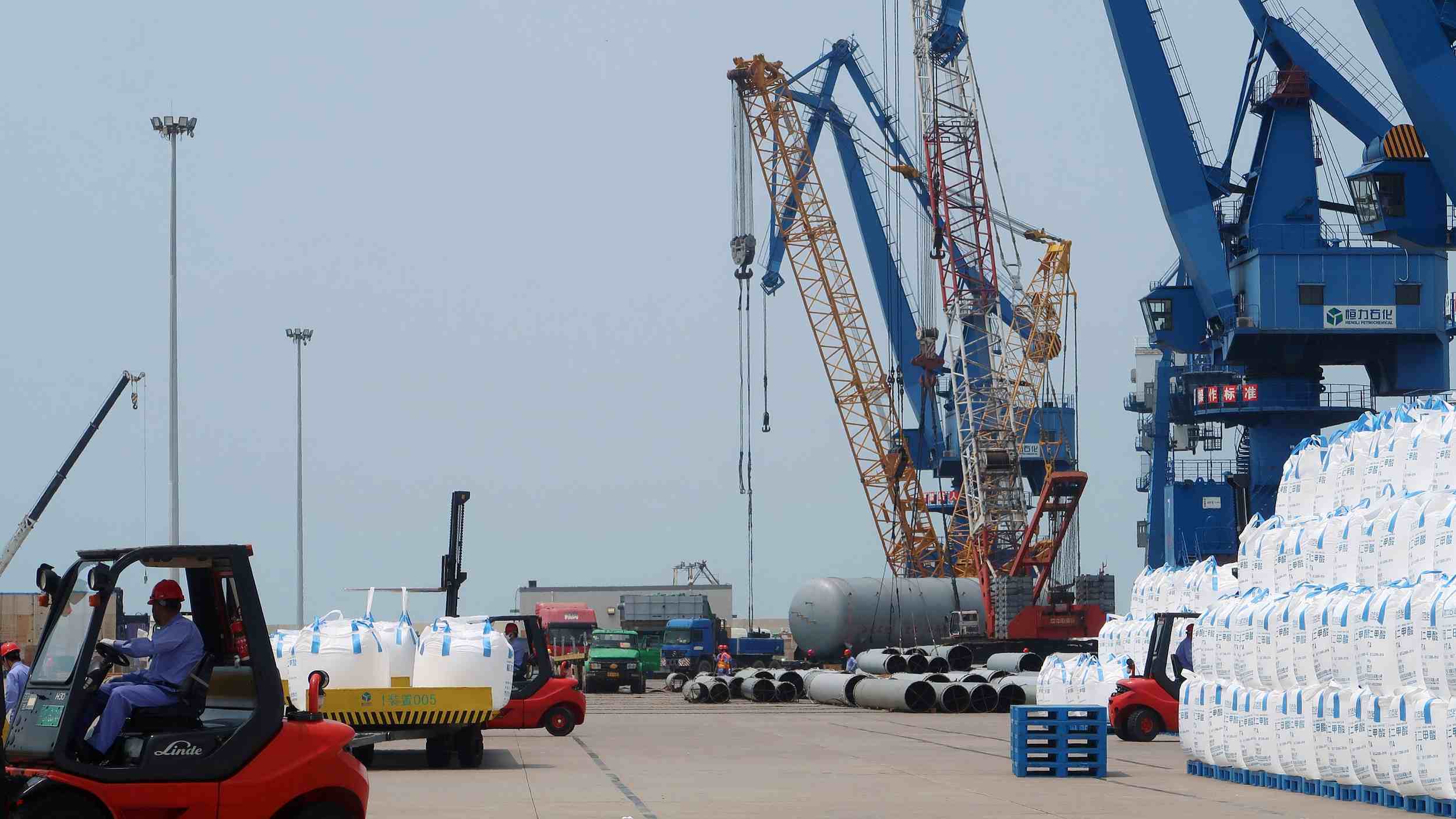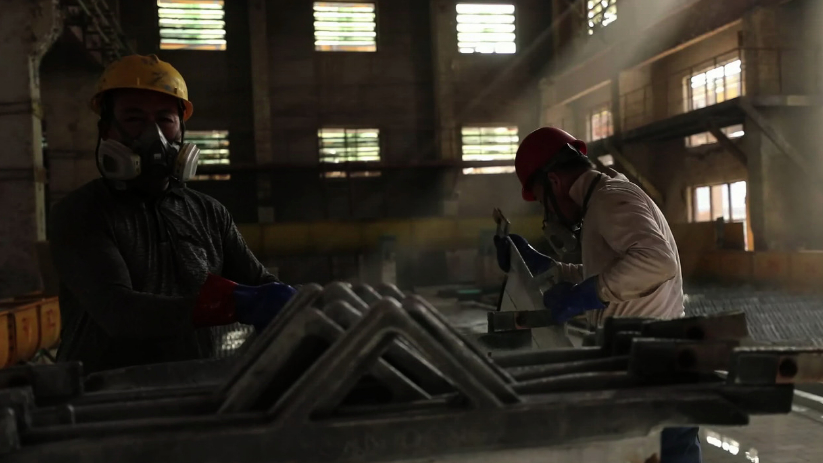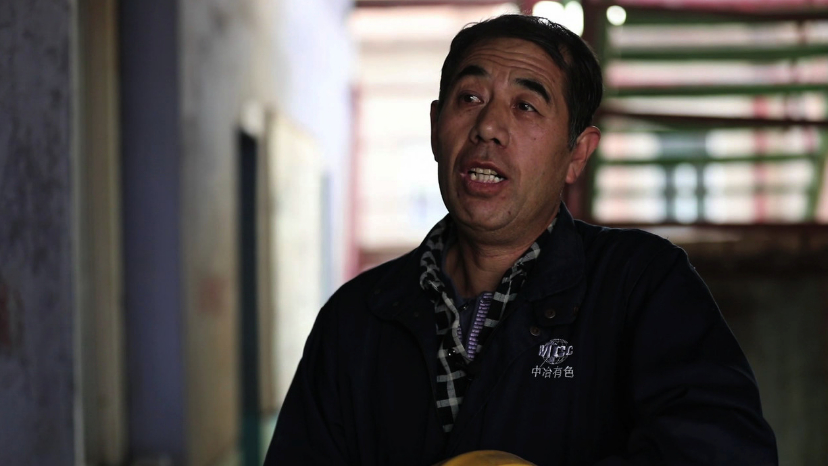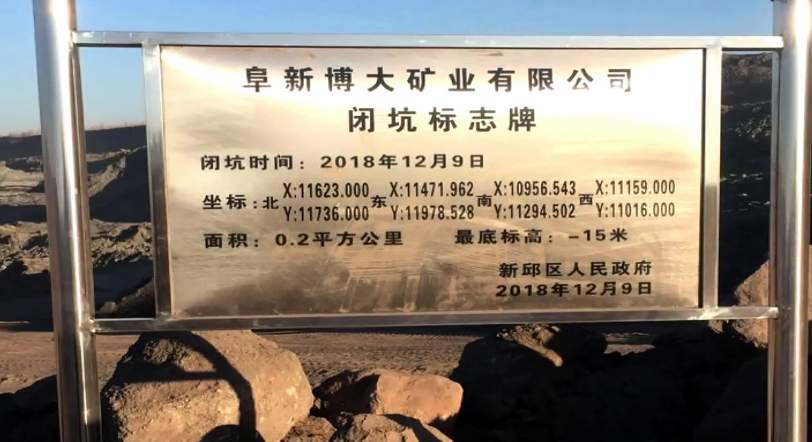
Economy
14:23, 27-Mar-2019
Boao Forum for Asia: NE China spurs supply-side structural reforms
Guan Yang

At this year's Boao Forum for Asia (BFA), economists and business leaders from all over the world will closely follow China's efforts and progresses in the reform of its economic structure. CGTN went to China's northeast, once the powerhouse of the country's all-powerful state economy, to find out if the structural reforms paid off amid the region's economic revitalization.
The state-owned zinc factory in Huludao, Liaoning Province, was once the largest of its kind in Asia. It had all the legacies of a planned economy: Over-staffed organization and uncompetitive products. Six years ago, it was on the verge of bankruptcy, with thousands of workers like Zhong Yilin earning minimum wages. To make matters worse, the 7,000 employees could have lost their jobs if some cost-cutting reforms materialized.

The state-owned zinc factory in Huludao, Liaoning Province, used to be the largest of its kind in Asia. /CGTN Photo
The state-owned zinc factory in Huludao, Liaoning Province, used to be the largest of its kind in Asia. /CGTN Photo
"2009 was a tough year. My oldest daughter had just enrolled in college and my wife wasn't working because of illness. We had to borrow money to buy daily necessities and pay the enrollment fee," said Zhong Yilin, a worker at the zinc factory.

Zhong Yilin. /CGTN Photo
Zhong Yilin. /CGTN Photo
The central government has declared China's northeastern part a high priority. Officials have pushed supply-side structural reform while promoting mixed ownership for inefficient state-owned enterprises. They have also eliminated excess capacity in the iron and coal sectors as part of the aforementioned reforms. Small coal pits were shut, chimneys of old factories were torn down, and industrial facilities were upgraded.
Fang Yong, deputy director of the Development and Reform Commission of Liaoning Province, told CGTN: "Liaoning has fulfilled its obligation of eliminating overcapacity in various sectors in accordance with the nation's 13th Five-Year Plan. The structural reforms are starting to pay dividends – competitiveness and profitability of the traditional heavy industries have been boosted."

A mining company wound up operation, December 9, 2018. /CGTN Photo
A mining company wound up operation, December 9, 2018. /CGTN Photo
After structural reform, a private company now holds the largest stake in the zinc company. Their first move was to improve operational efficiency, mainly by rooting out corruption and cutting lackadaisical workers.
Progress has been made thanks to the efforts to remove the state's functions from the company's daily operations, introduce market forces and strengthen the role of shareholders. Zhong's income is now more than double what he earned in 2009.
"We have brought this company back to life with the help of structural reform, which allowed transfers of technology and managerial expertise. We think the threat of poverty among the workers is one thing, but what's more, thousands of laid-off workers can also lead to severe problems for social stability", said Jiang Hongbo, deputy manager of Zhongye Huludao Non-Ferrous Metal Group Co.

The supply-side structural reform in China's rust-belt region can be seen as a sample on how China tackles one of the most pressing issues in its economy. /CGTN Photo
The supply-side structural reform in China's rust-belt region can be seen as a sample on how China tackles one of the most pressing issues in its economy. /CGTN Photo
Across China's three northeastern provinces, economic vitality unleashed by the reforms is expected to bring new levels of efficiency and productivity. The supply-side structural reforms in China's rust-belt region can be seen as a sample on how China tackles one of the most pressing issues in its economy.

SITEMAP
Copyright © 2018 CGTN. Beijing ICP prepared NO.16065310-3
Copyright © 2018 CGTN. Beijing ICP prepared NO.16065310-3